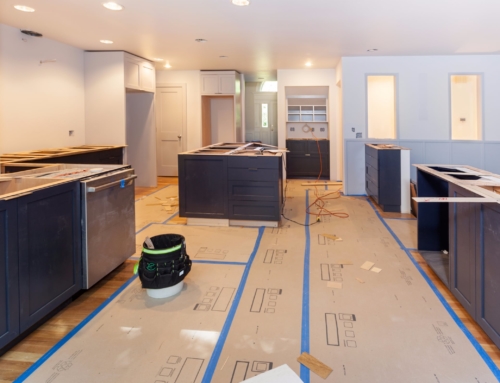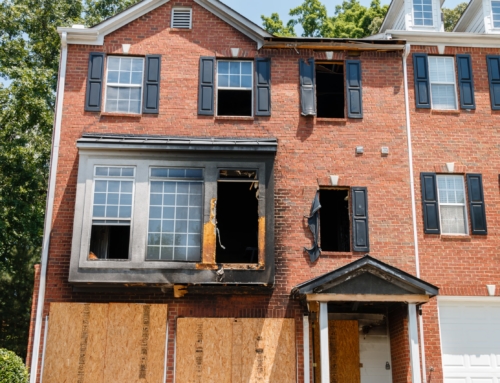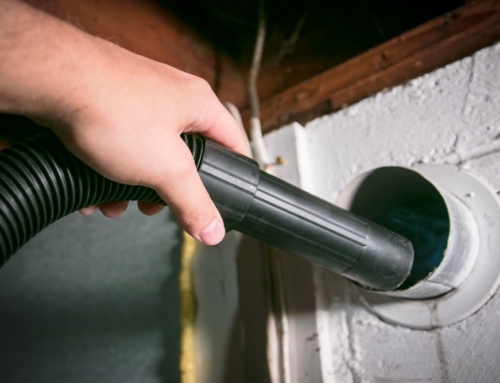It’s a fine, old neighborhood with tall trees, an excellent school district and a friendly community. Most of the houses are large and old. But with the average home selling upwards of $400,000, many of the smaller homes have been torn down so that builders can put up larger homes more in keeping with the now upscale value of the community.
With vacant land selling for $300,000 or more per lot in this neighborhood, smaller homes that only have 3 bedrooms and one or one-and-a-half baths have become somewhat of an endangered species. In fact, only a handful of homes sold for less than $300,000 last year.
This kind of scenario is being played out all over the country. More often, home buyers with money to spend want a brand new house in an old, established community. Instead of fixing up and even expanding existing homes, the bulldozer is brought in to start from scratch.
For communities, the tear-down phenomenon presents several different problems. First, housing stock that adds both history and character to the community is lost. Second, lots are often built to the maximum, creating a more congested feel to the neighborhood. Another side effect is the way the population changes in response to tear downs. Large, new homes attract wealthier buyers. Less wealthy, and many minority and immigrant families, simply cannot afford these new homes, though they might have been able to buy the tear-down and fix it up.
Traditionally, buying the smallest, worst house on the block in an excellent neighborhood has proved to be a smart move. By fixing up these homes, decorating them in neutral colors, and adding some home-spun charm, homeowners have been able to build in tremendous value. But with developers on the prowl for any kind of buildable lot, even houses that would make fine homes if someone took the time and trouble become expendable. With demand high for new homes in older neighborhoods, old houses on buildable lots go quickly.
Eight years ago, a young couple bought the worst house on their block They like to fix up houses, liked the neighborhood, and thought their home had potential. He’s a carpenter and roofer by trade, she’s handy with a hammer and paint brush. In the years they lived there, they replanted the garden, including a huge vegetable garden, added a family room, replastered and painted the interior of the home, scraped and painted the exterior, and generally cleaned up the property.
Within a day of listing their home, more than a handful of buyers stopped by to see it. Most of these folks want to tear down the house and put up something new. Was it worth the effort to spruce up the home even if it ends up being torn down? Most experts agree that by fixing up the house, the couple will get more money for their home even if the buyer decides to build something new.
On the other hand, someone may want to save the house after all. In another suburb across the country, an 1880s farmhouse on a large piece of land was being sold as a teardown mostly because the owner had failed to maintain the home during the 25-odd years he and his family had lived there. But the owner wanted about $100,000 more than the asking price for land at that time. A young couple bought the house and decided to fix it up and live there. Several years later, they’re now considering what kind of addition to put onto the house.
Would they consider tearing it down? Possibly, but as it is for most people, money is an object, and additions are inherently less expensive than new construction. Also, they’re partial to old houses in old, established neighborhoods. That’s why they bought it in the first place.






Leave A Comment